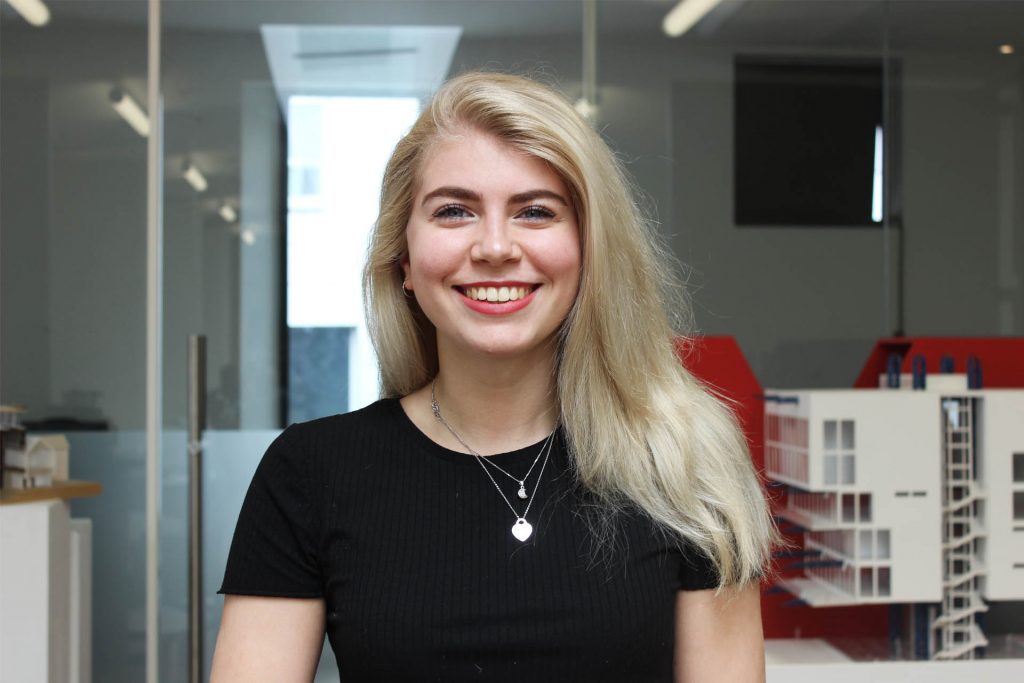I am both a mentor and mentee, thus experiencing both sides to the Academic Peer Mentoring (APM) programme. I did not have a mentor in first year, however, I had heard a lot of positives about having one. This is what motivated me to become a mentor myself, as I knew how beneficial it could be for mentees, especially first year students who are completely new to the course. My experience as a mentee this year has also been extremely useful, so I would obviously want to be able to help someone else in the same way.
Mentor meetings are mainly a great opportunity to discuss anything you were not sure of or did not mention during design tutorials. Receiving multiple opinions is fundamental in Architecture as it offers you different angles in solving a design problem, and in turn broadening your creative mind. Mentors are different to design tutors as they share the struggle of the same or similar projects, meaning mentors have more of an insight into the demands of the course due to this prior first-hand experience. They also know the tutors much better than younger years and exactly what they are looking for in your designs.
I mentor four students in first year and I meet with them once a week for about an hour to discuss anything they need guidance with. An example of this could be how to develop floor plans or concepts. It is always interesting to see what ideas people in the year below you will come up with for the same projects you once did before as it opens your mind to ways of thinking that are different to your own, further improving the skill to be able to tackle design problems in multiple ways. Being a mentor is therefore great exercise for your own mind as you are constantly practicing and even developing your architectural skills.
The mentoring programme is also a great social opportunity. A feature that I love about the Kent School of Architecture is that the years all tend to mix and, as a result, I have made many friendships that I would not have anticipated if it were not for the environment at the school. The social aspect of APM also means you can work with people from the other years and exchange ideas or simply find inspiration out of conversations! This is so motivating as you are always surrounded by ideas bouncing back and forth, making the whole experience of the course much more engaging as you can bond with others about interests you share, in this case Architecture.
Whether you are a mentor or a mentee you can always benefit from APM, as it enhances your creative and social skills, both essential in the world of architecture for not only in terms of studies but also in the workplace itself.

